Munich – Pretzels, Beer, Churches, and Museums
I didn’t get that coming-of-age summer backpack trip after college, and to this day I regret it. It’s not like I didn’t have the time – It took me nine months to find my first full-time job. Nor the will – I have always had the travelling bug. The problem was I lacked a travelling companion. Maybe that’s because my sights were set on South America. I envisioned starting in Ecuador and venturing down and then back up, ending in Brazil. Apparently this trip was too adventurous for my friends. Maybe I should have set my sights on Europe instead, hopping from city-to-city and eating up the museums and churches. But something about Europe didn’t appeal to me. It seemed too stable, too known, too safe for me.
At the age of 33, I finally decided that it was time to attempt a backpacking venture to Europe. I didn’t have three months so I couldn’t hit the entire continent. I had ten days to squeeze in as much as I could. Mrs. Gourmand and I looked at our bucket list and decided on Bavaria. After much deliberation and some consultation of Rick Steve’s videos, we set an itinerary of Munich, Bamberg, Salzburg, and Vienna.
After recovering from the initial debacle, we walked around Marienplatz and soaked up the amazing gothic architecture of the town hall. I was impressed by the detail that went into this masterpiece. We then headed back to Saint Peter’s church whose bell tower we previously climbed to see what lie inside Munich’s oldest parish. The church dates back to 1180 but has been through several iterations during its time due to fire, lightning, and WWII bombings. The church is now filled with a mix of Gothic, Baroque, and Classical designs.
All the walking had worked up a thirst so we found Haufbrau Haus – Munich’s most famous beer hall and once the royal court brewery (my kind of royal family). We were there for the 6pm brass band that played a song or two every twenty minutes or so. All the guide books said it was a tourist trap but a must. It was just a tourist trap. The halls were filled with families of tourists eating dinner with rug rats running around instead of rebel rousers getting sloshed and singing along to a German brass band. The operation itself is quite impressive selling over 10,000 litres of beer day. After one beer, we headed out to dinner and finished the night at Lowen Brau Kellar to sample their starkbier, Triumphator. It was a lead up to the next night’s Starkbierzeit at Paulaner on Nockherberg, but more to come on that in a future entry.
We started then next day at Theatinerkirche, the most “Italian” church filled with Baroque and Rococo architecture. Next door is the National Treasury, Residenz, and Hofgarten – home of the Wittelsbach’s, Bavaria’s ruling family from 1180 to 1918. Munich is not shy at sharing this former palace with the public opening over 90 rooms to view. The tour not only gave great insight into how the royal family lived, but also provided a historical education of the region’s history. It was interesting to see how each ruler added to the compound. Once again, we were reminded of the destruction experienced during WWII with photos of the before and after. Many of the original artifacts were destroyed but the Bavarian Department of State-Owned Palaces, Gardens and Lakes has done its best to restore the building to historical accuracy. I only wish they could have restored the Court Church of All Saints to its original Baroque fashion instead of placating it with brick. The old photos were breathtaking. The original paintings of the hierarchy of the Wittelsbach’s were saved though. When the bombings began, the Nazi’s cut out all the painting to preserve history. You can see an example of how the paintings were cut out and then returned below.
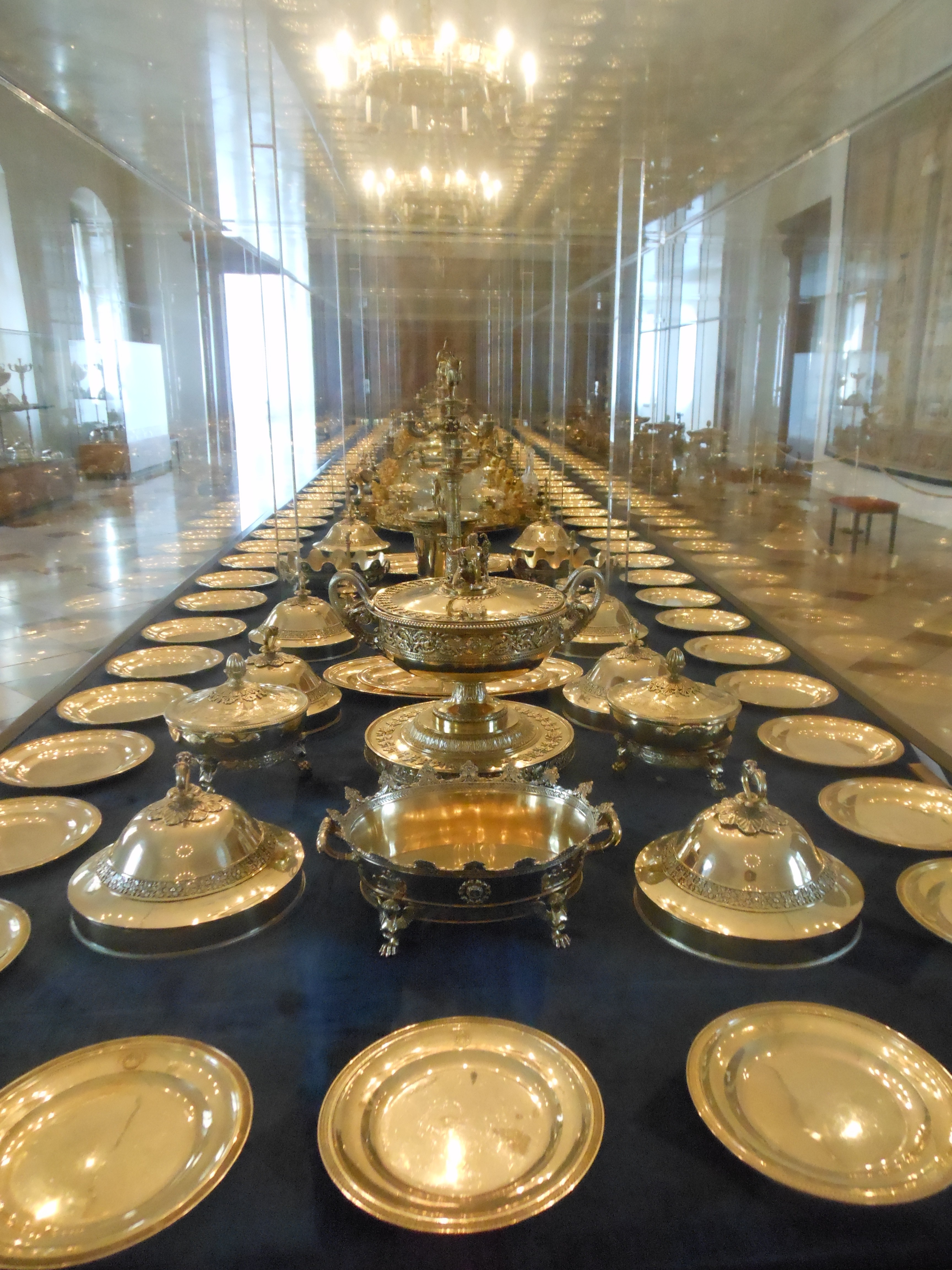
A Tablescape that would Impress Dee’s Adventures!
For lunch we dined on pretzels and helles lager at Viktualienmarkt, Munich’s central market. The place was packed with locals and tourists alike enjoying the first spring weekend of the year after Germany’s record cold winter. The streets, sidewalk cafes, and biergartens were alive with activity all over town as Munchens shed their winter coats. We wrapped up the afternoon with a short walking tour we found in Lonely Planet’s Bavaria and Black Forest Guidebook. The highlights were seeing the city gates and popping into Asamkirche. Asamkirche is probably one of the smallest churches I have ever been to, but also one of the most ornate and beautiful as well. I can imagine the founders of the church arguing over which details to include and settling the argument by choosing them all. They chose wisely. We spent at least a half hour sitting in the pews absorbing all the details.
What surprised me the most about Munich were the constant reminders of WWII. From the bombed churches and palaces to the Haufbrau Haus where Hitler delivered one of his first and most famous speeches on February 24, 1920. There’s no hiding Germany’s past. Hopefully the mentions help the world not to forget the atrocities that occurred under the Nazi regime and serve as a preventative to the world for future atrocities. It’s important to learn from our past by first remembering our past.
Our two days in Munich were just a glimpse of what the city and region have to offer. Between the warmth of the people, the traditional hearty food, and the inviting beer gardens, it deserves many more days to absorb the local culture. Also, our tight schedule and offseason travel did not allows us to find a tour down to Neuschwanstein Castle (the fairytale castle) which at first we regretted but then thought, wouldn’t that trip be much more fun with children complete with a trip down the Romantic Road? Alas, Munich is one more place I have attempted to cross off my list but cannot. For more photos, check out The Wandering Gourmand Facebook Page.

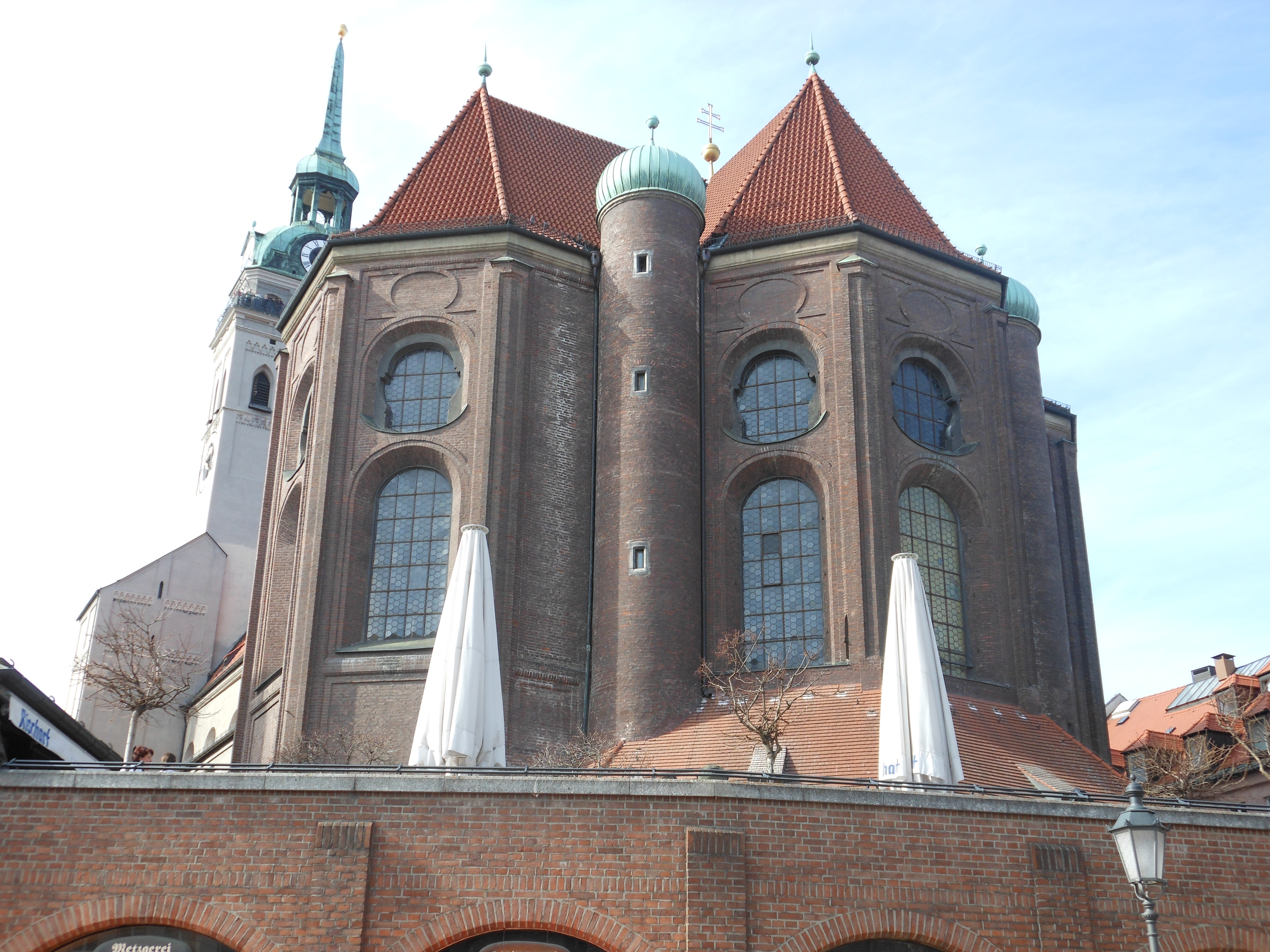
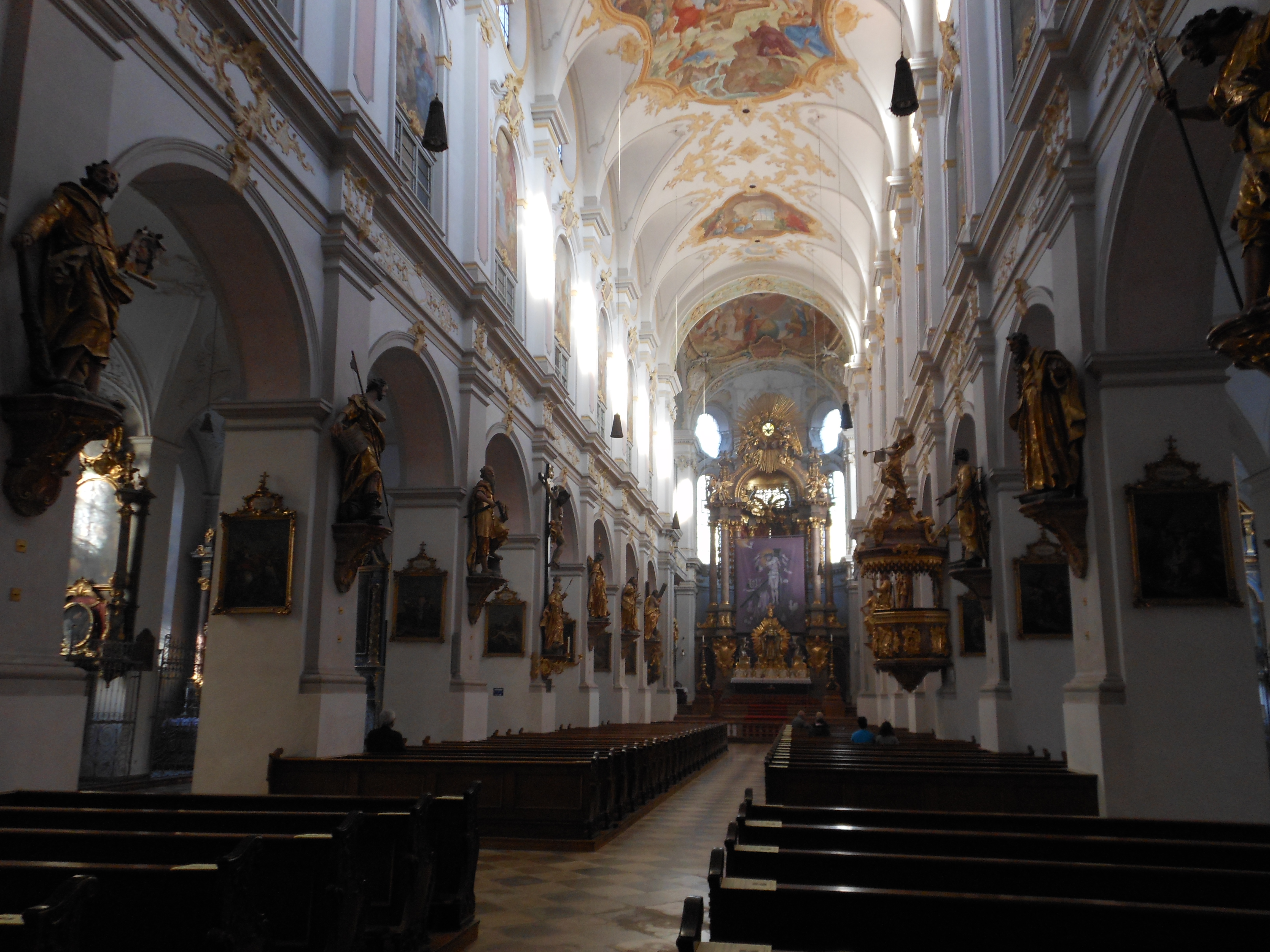
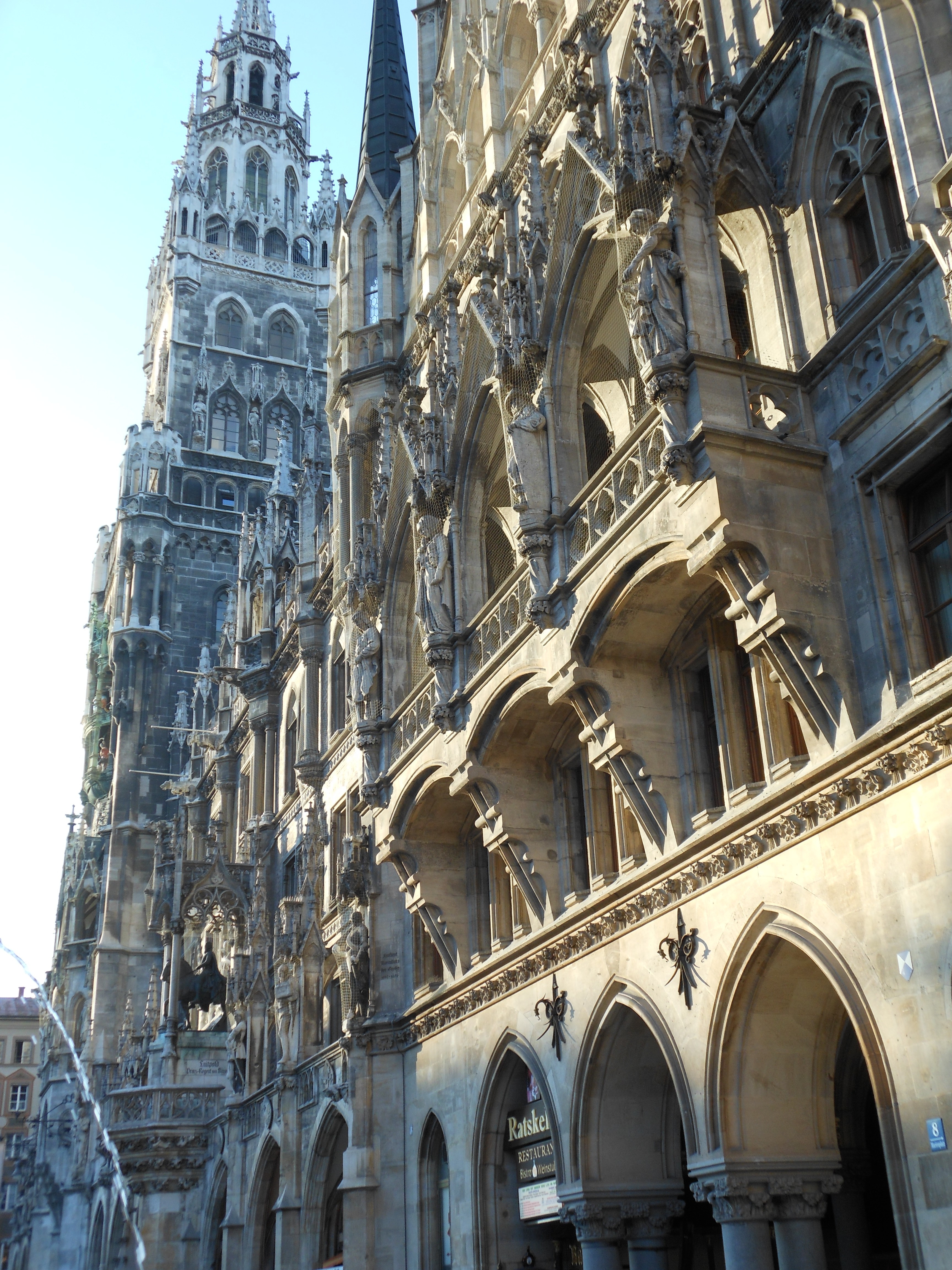
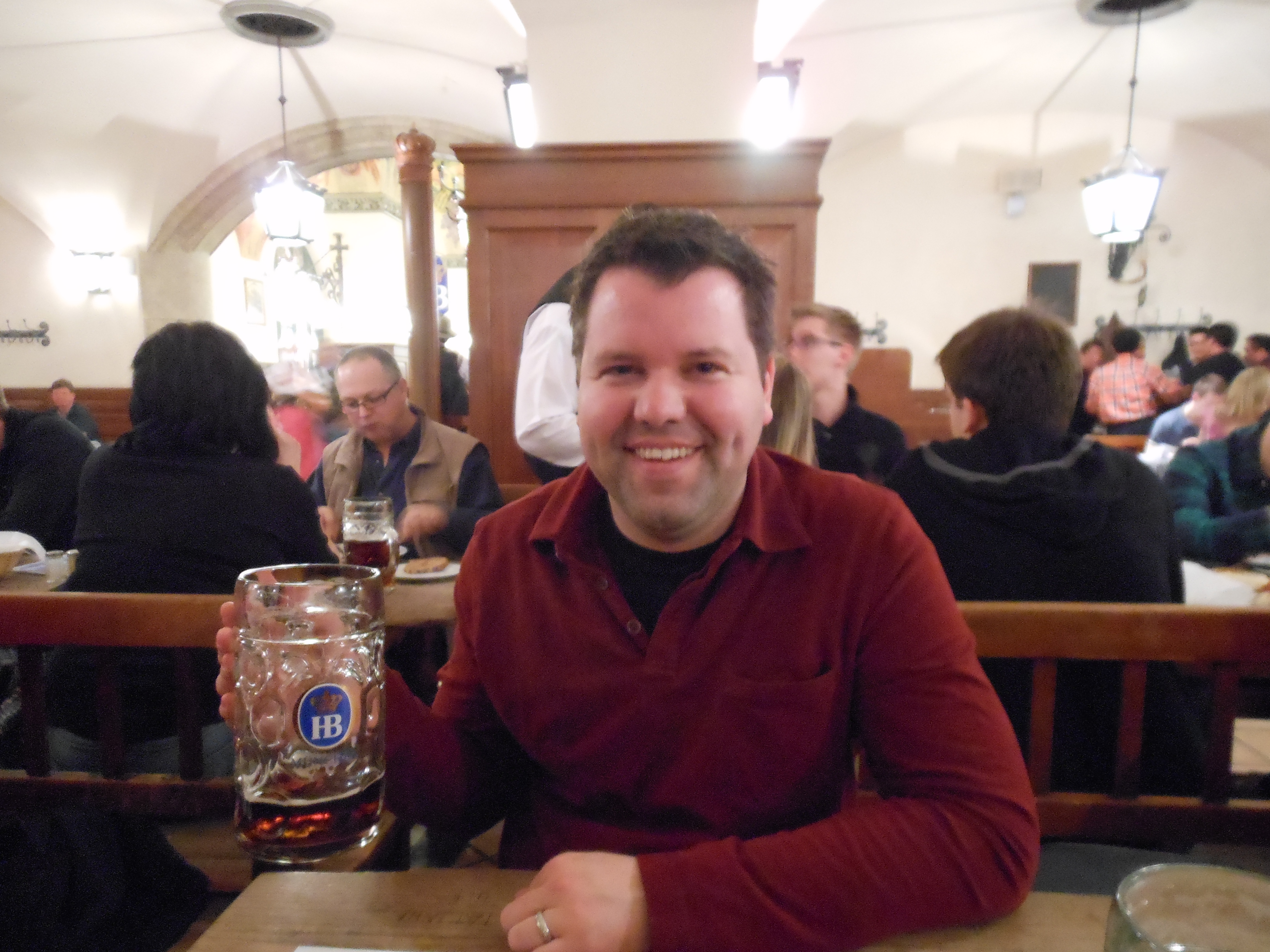
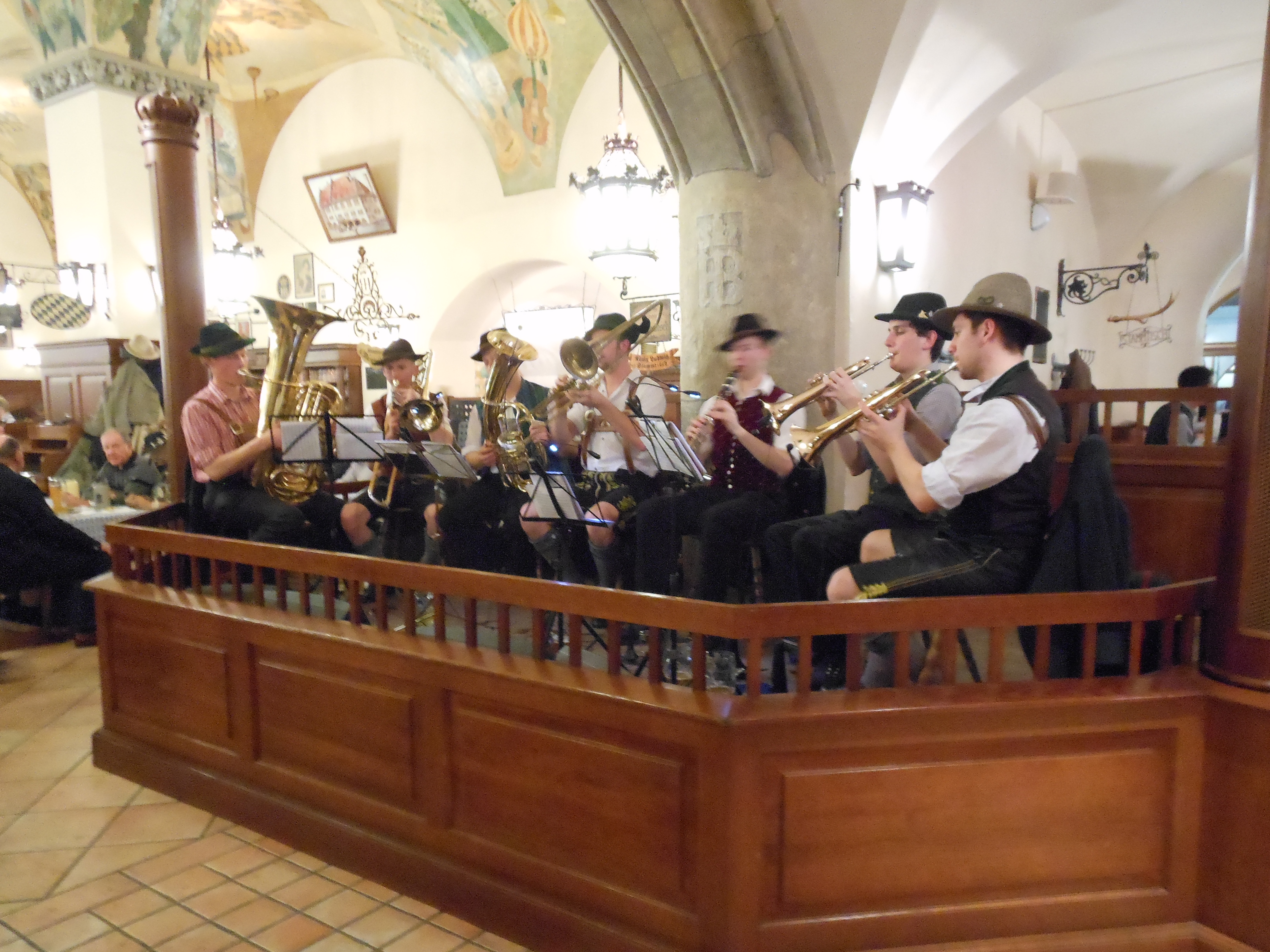
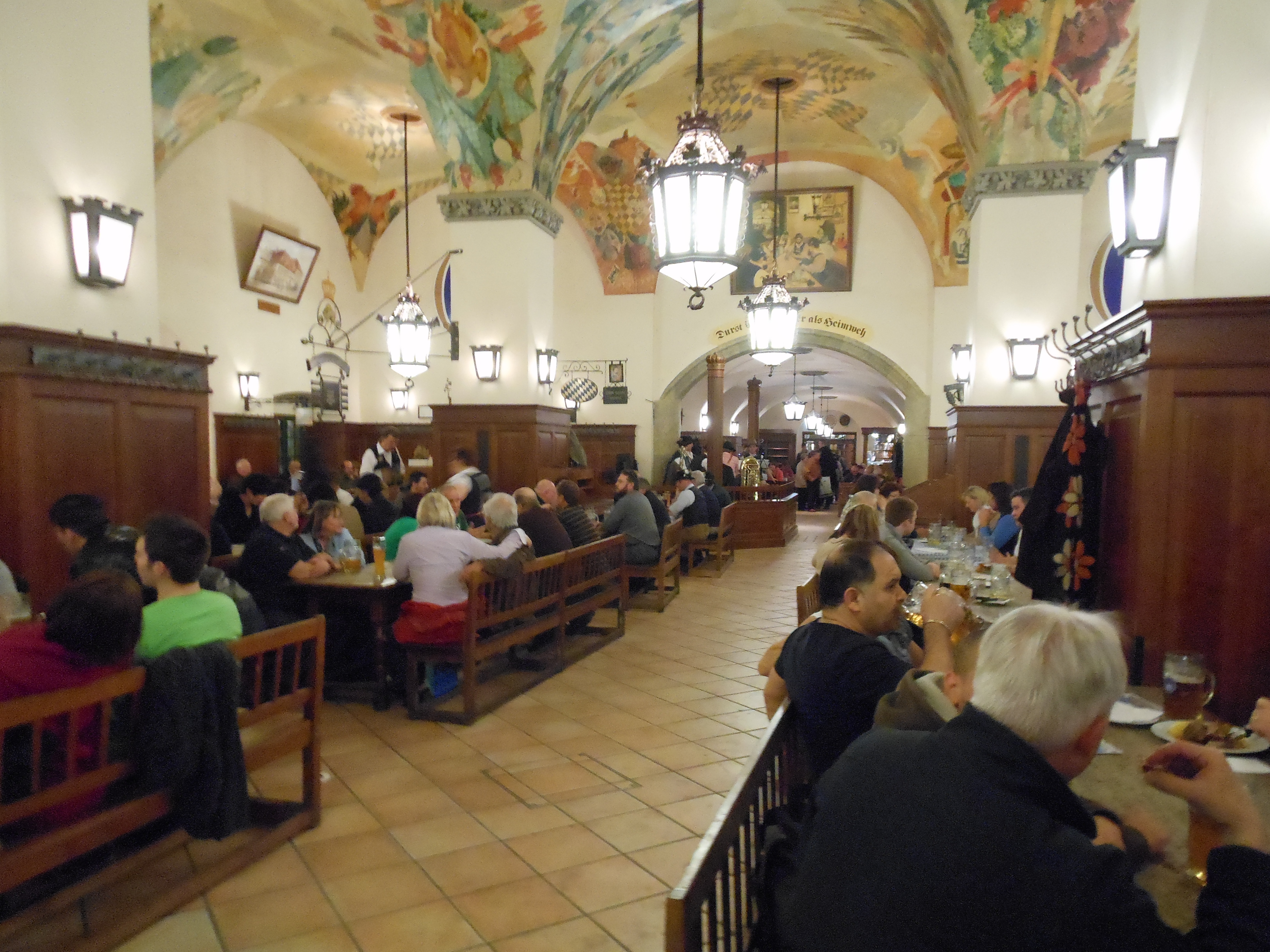
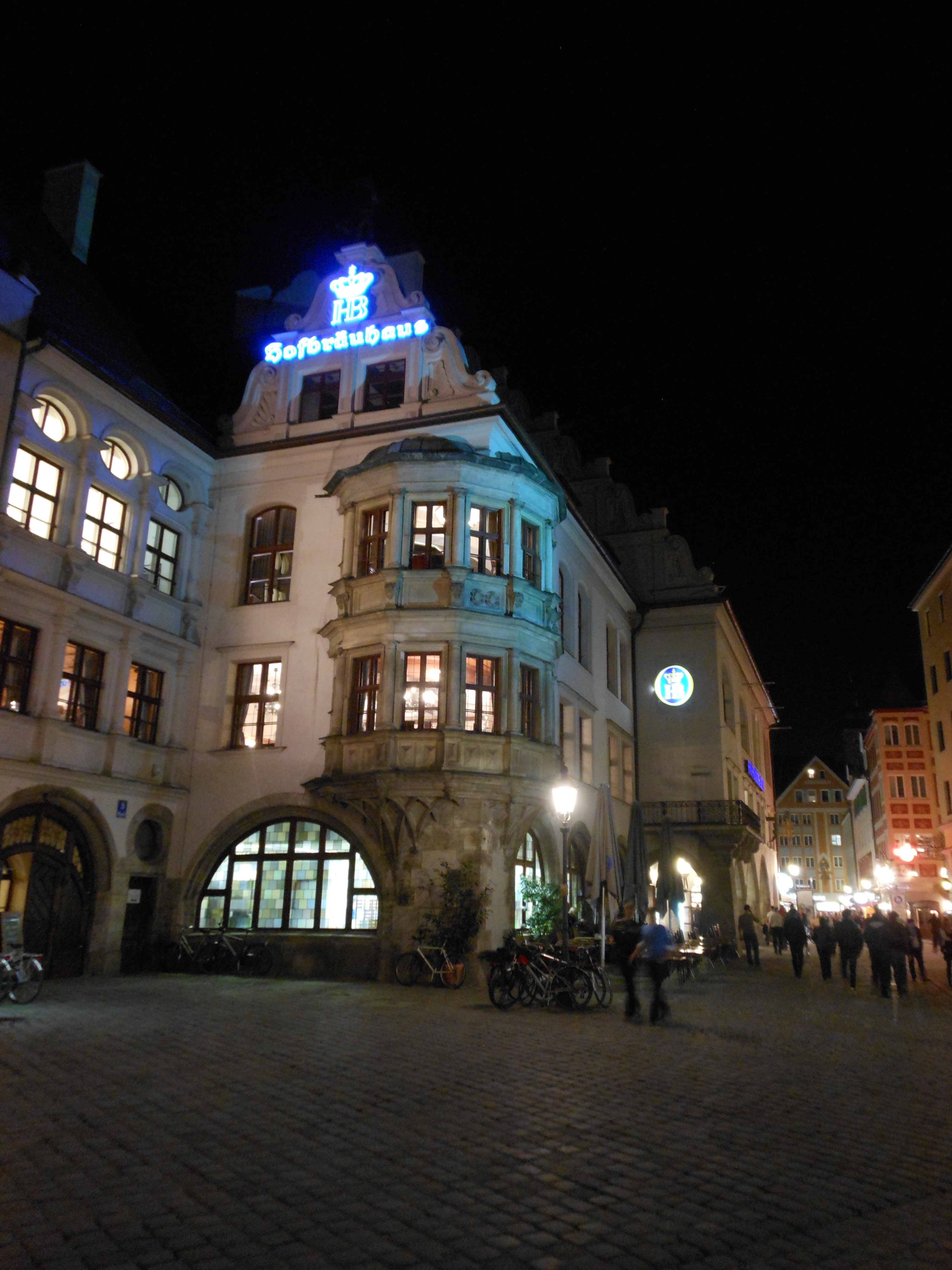
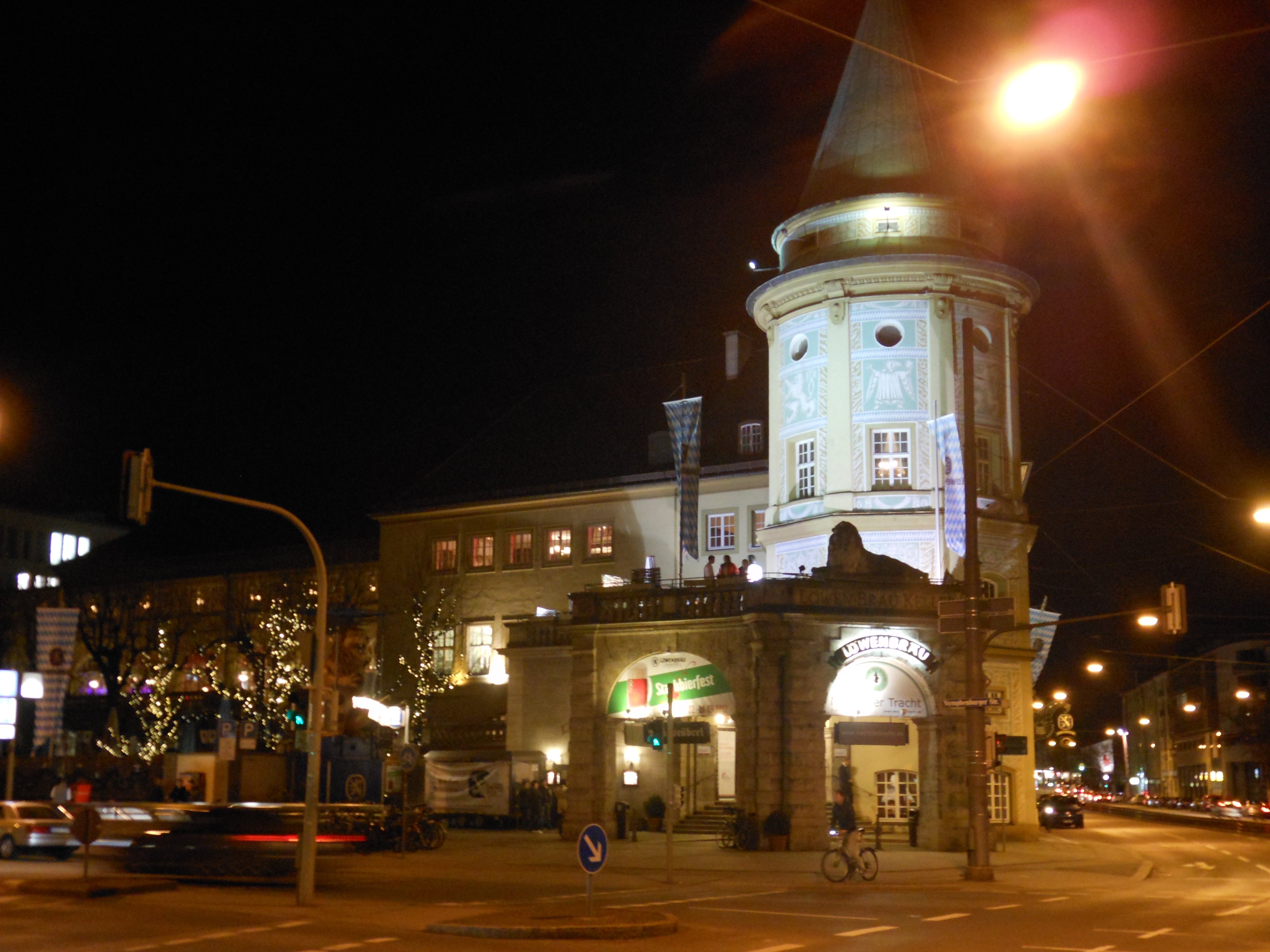
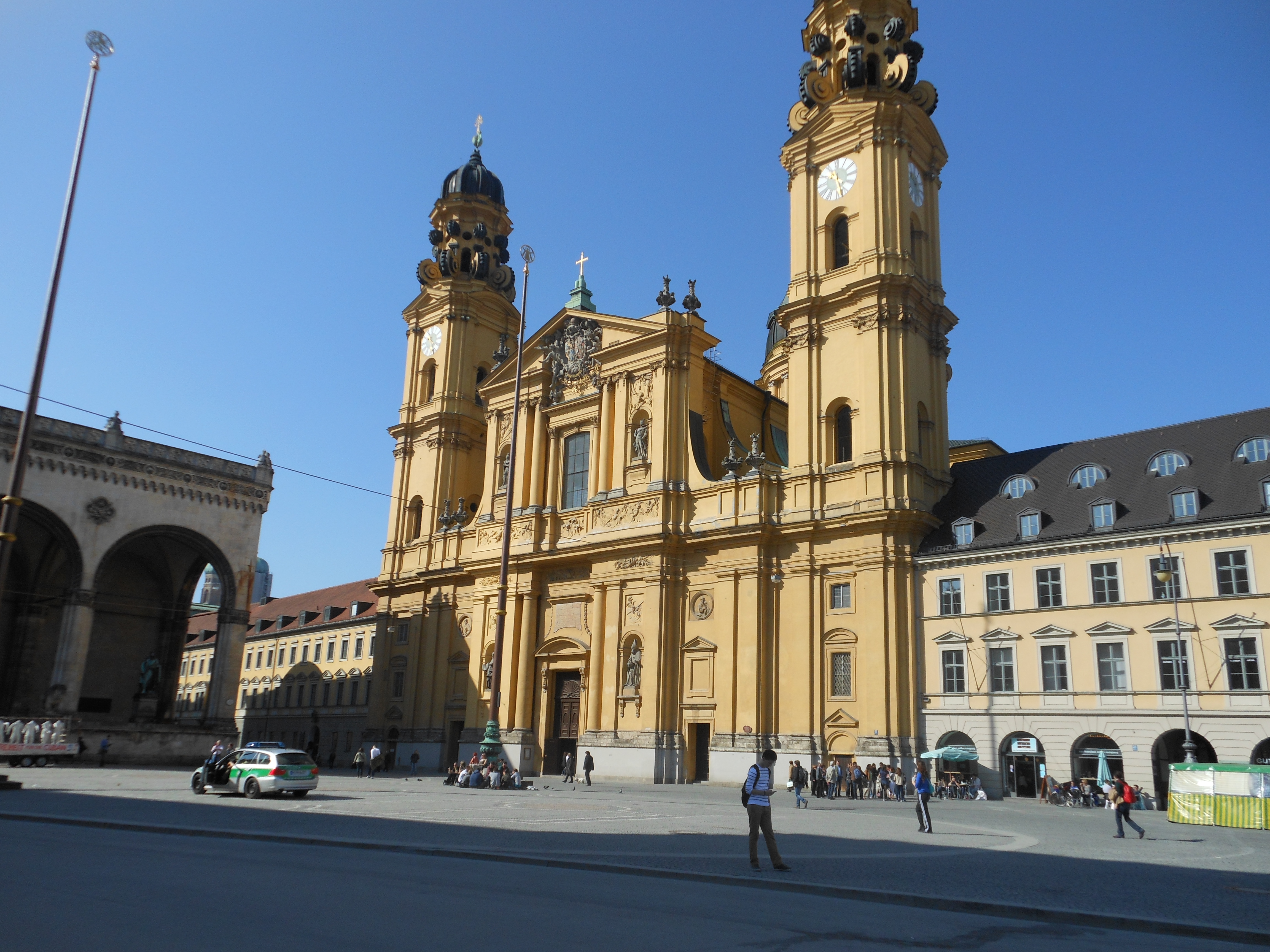
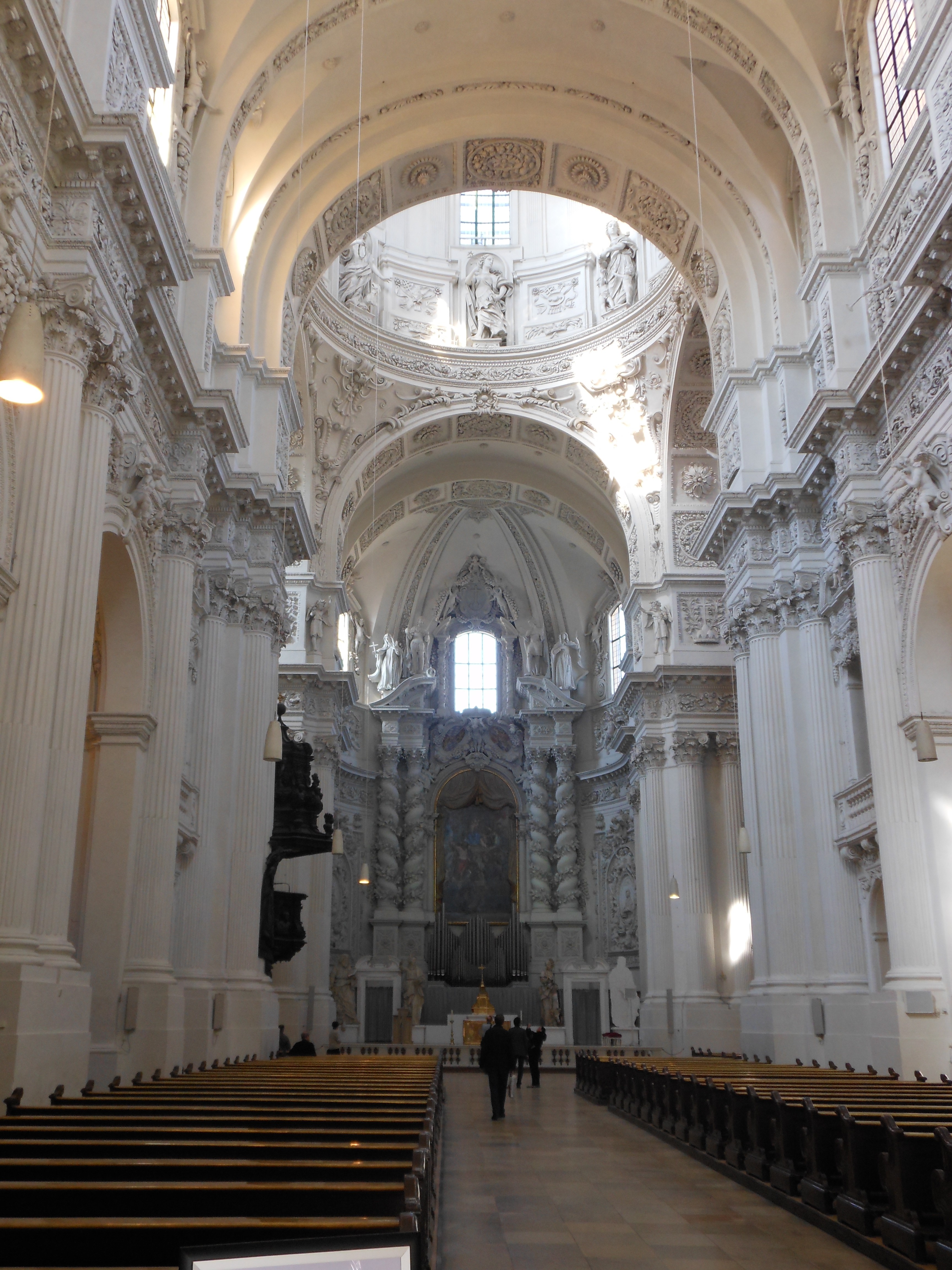
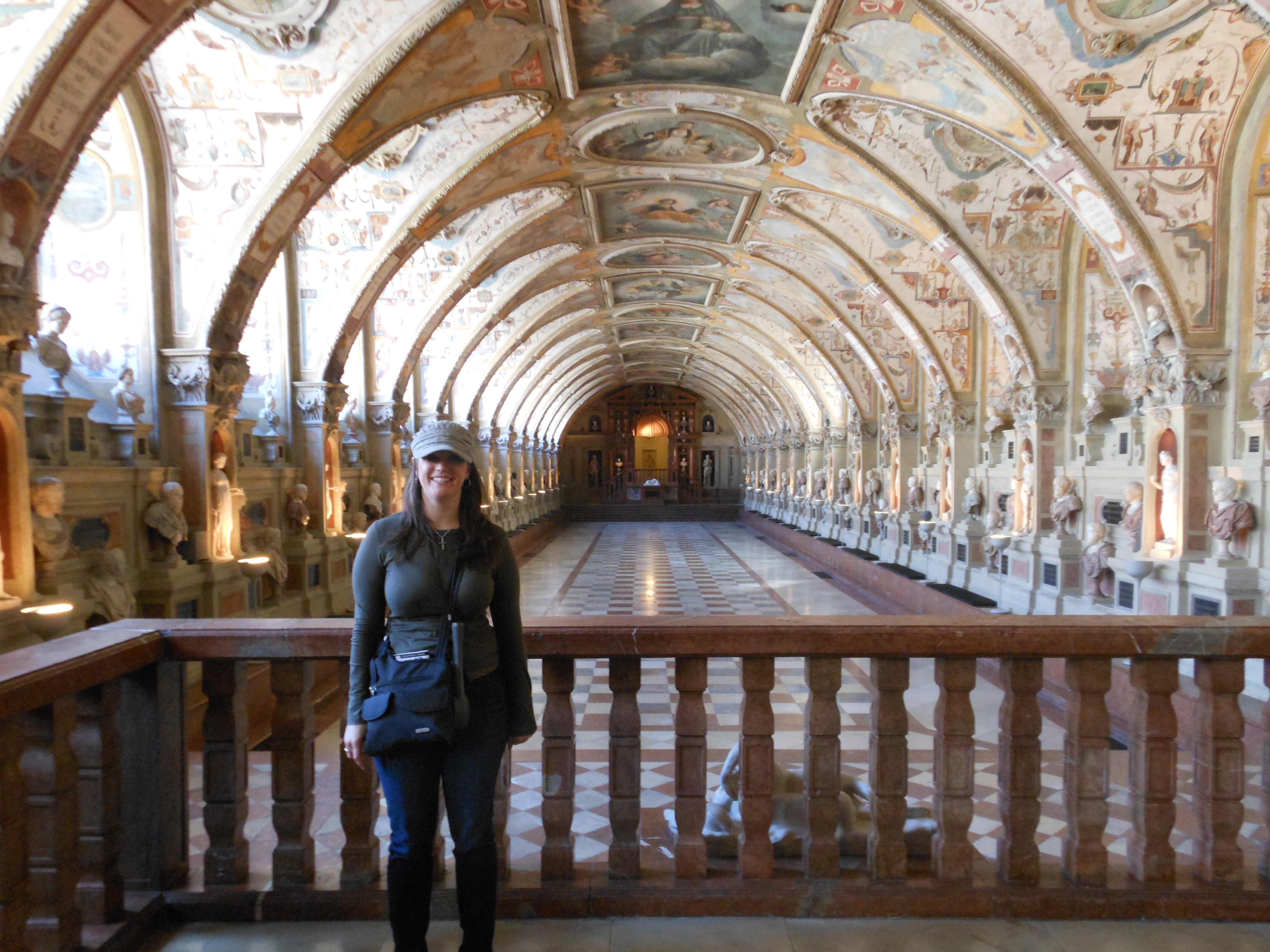

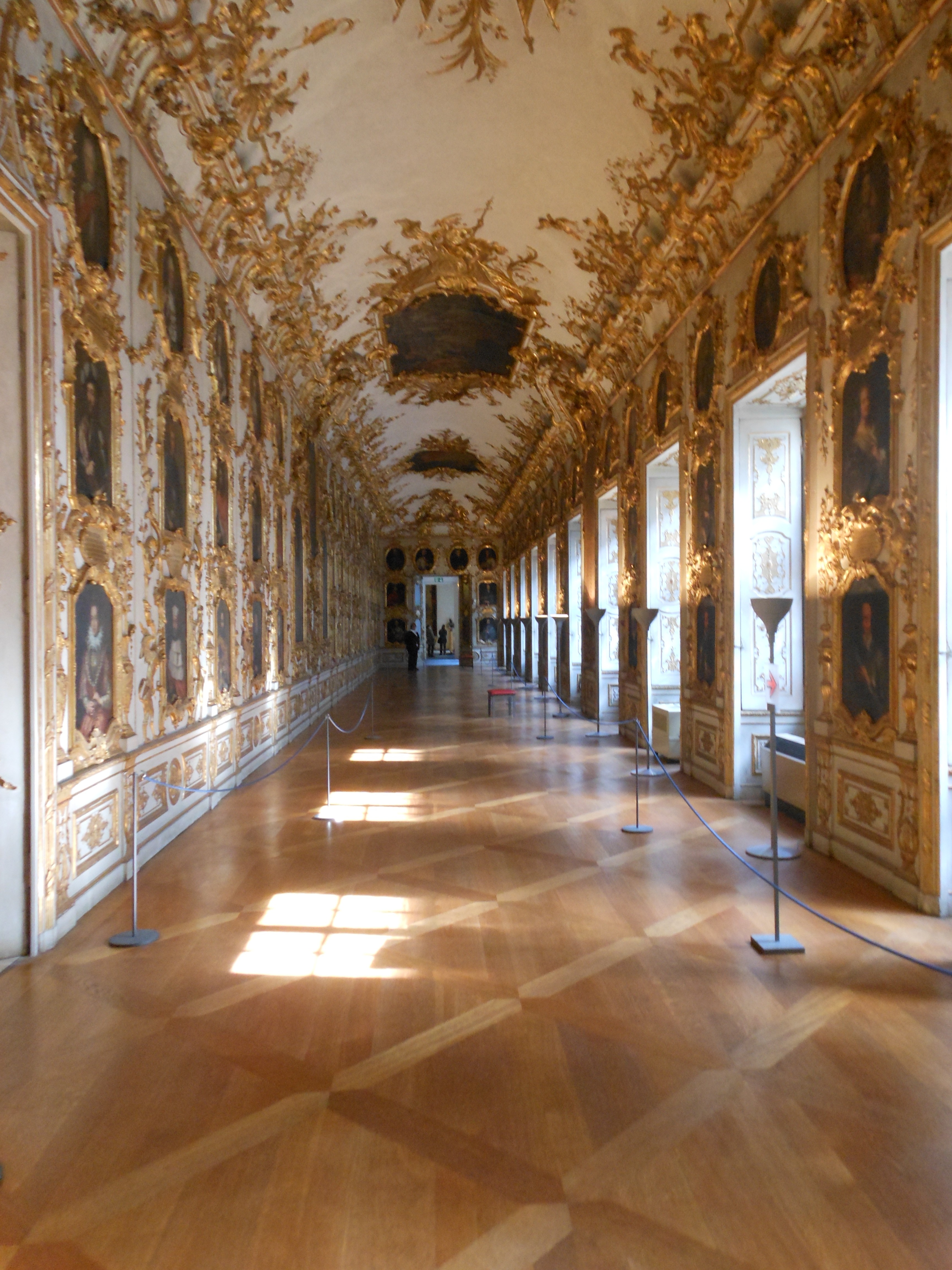
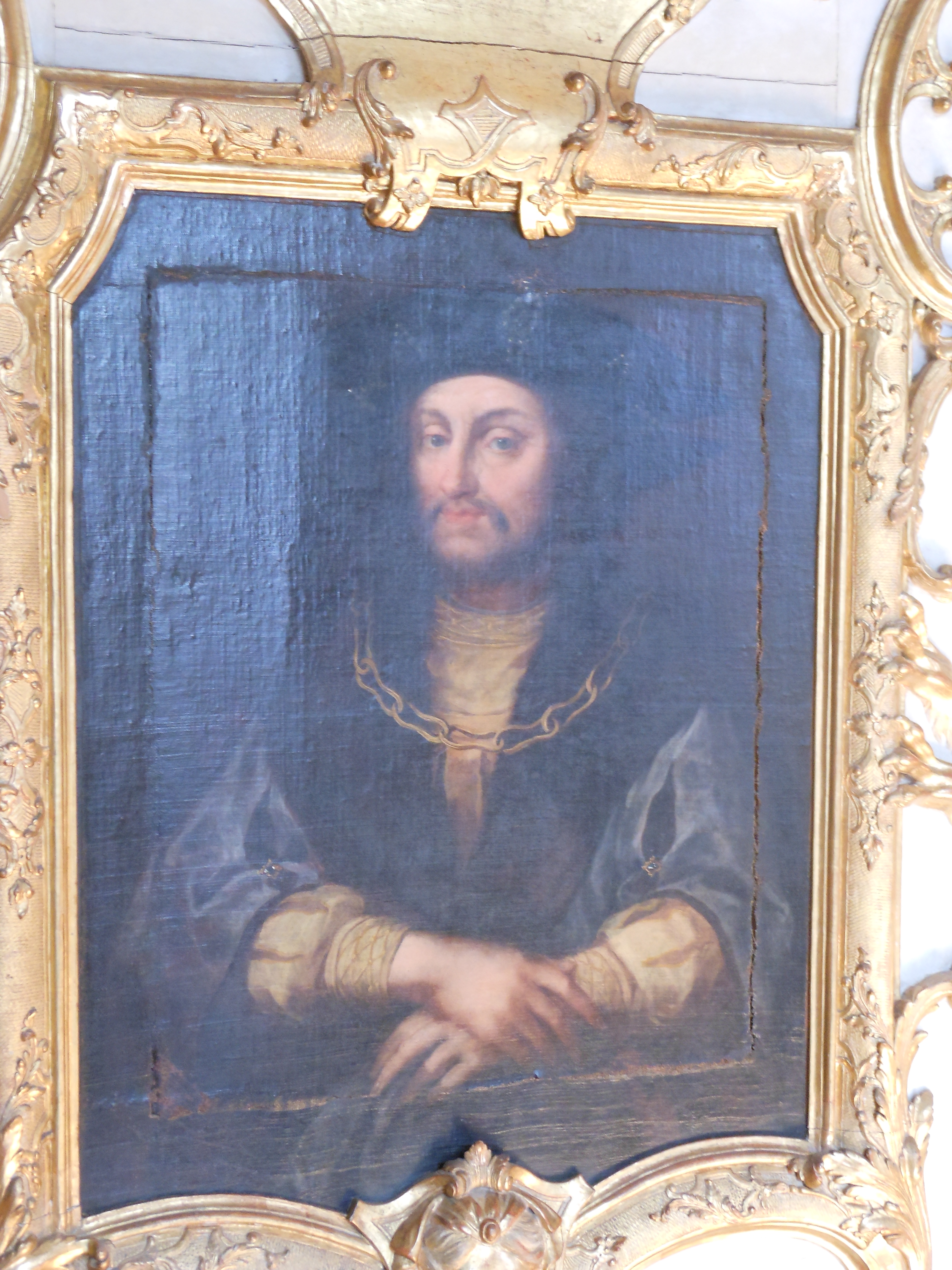
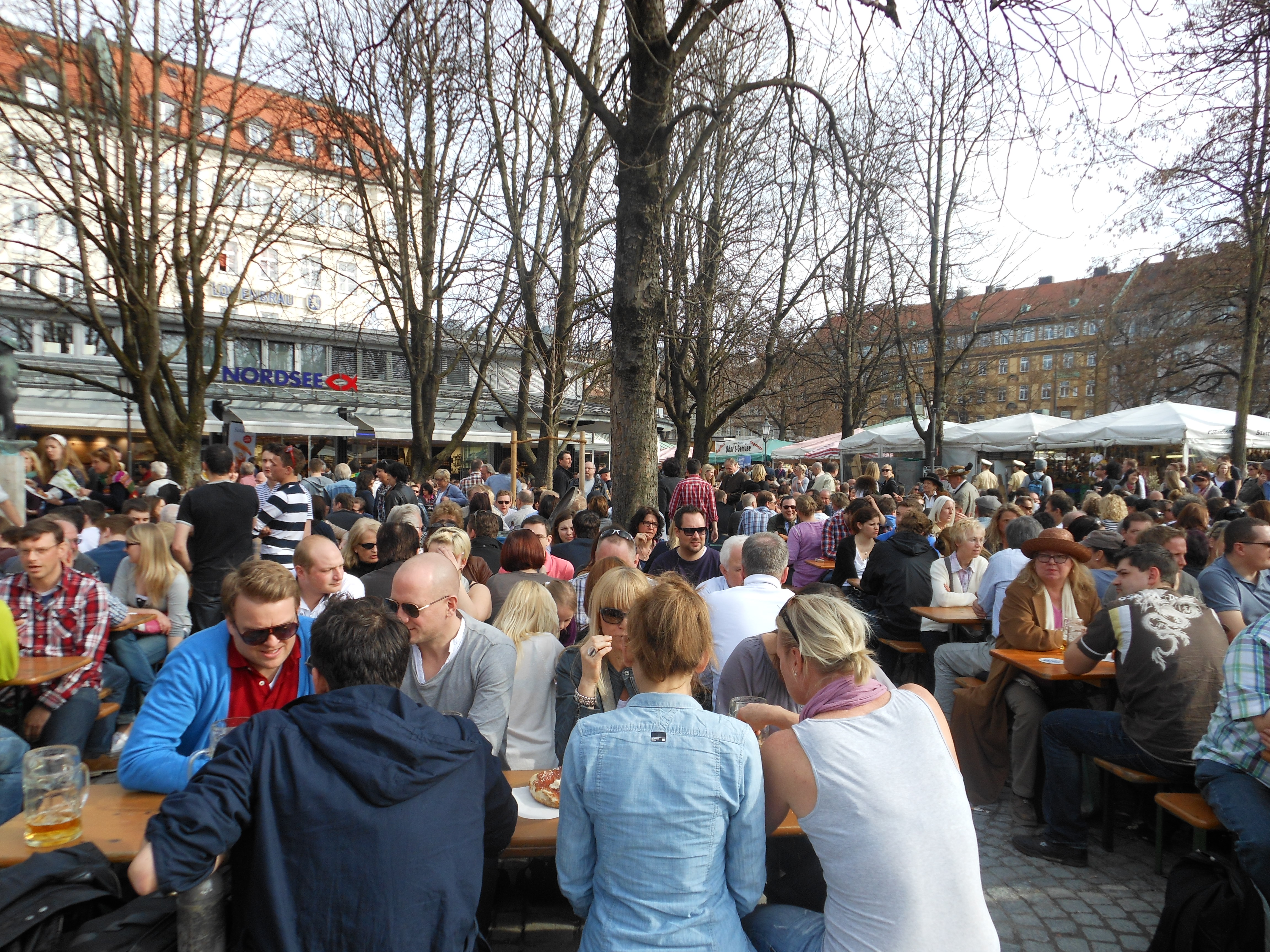
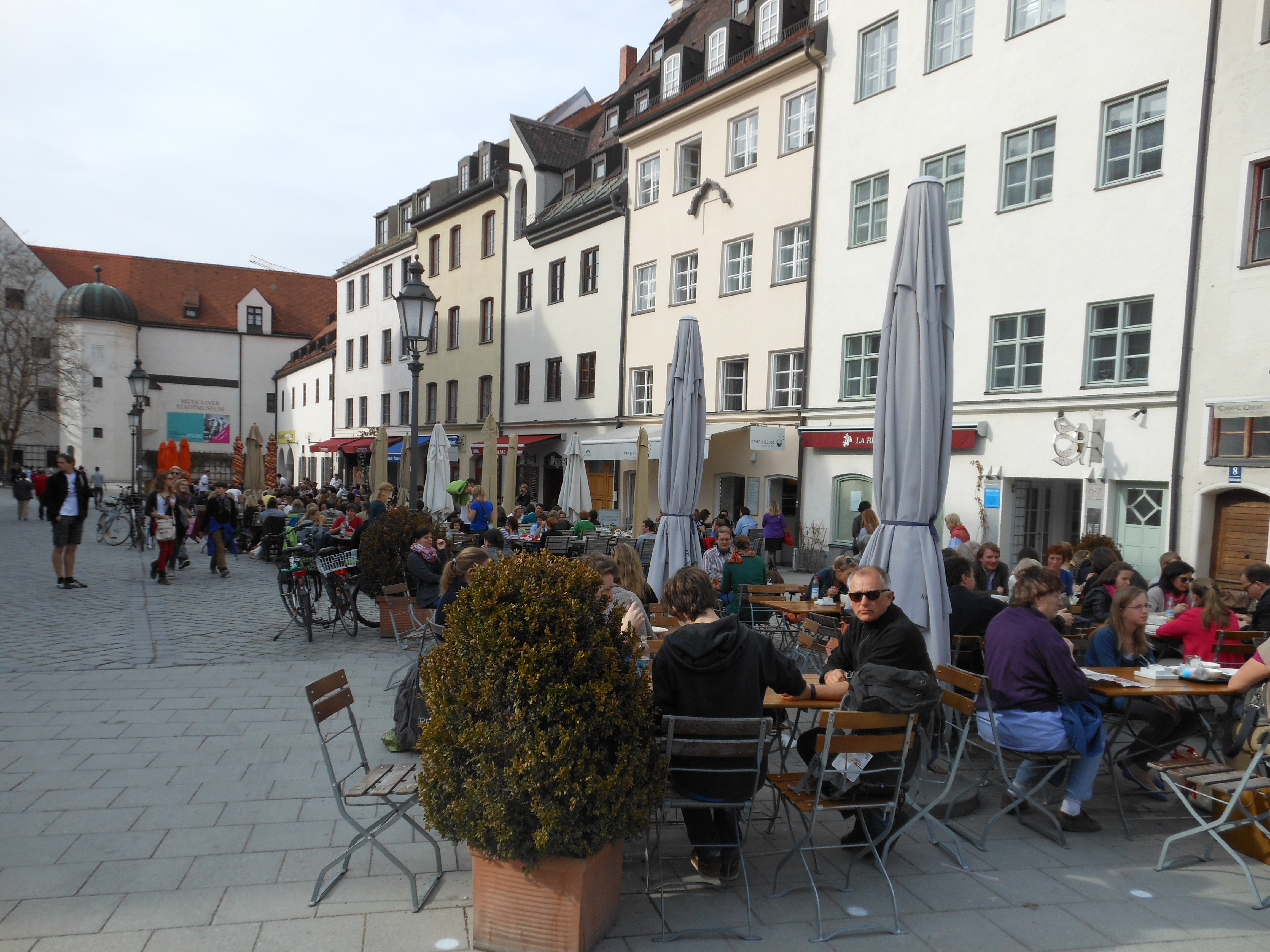
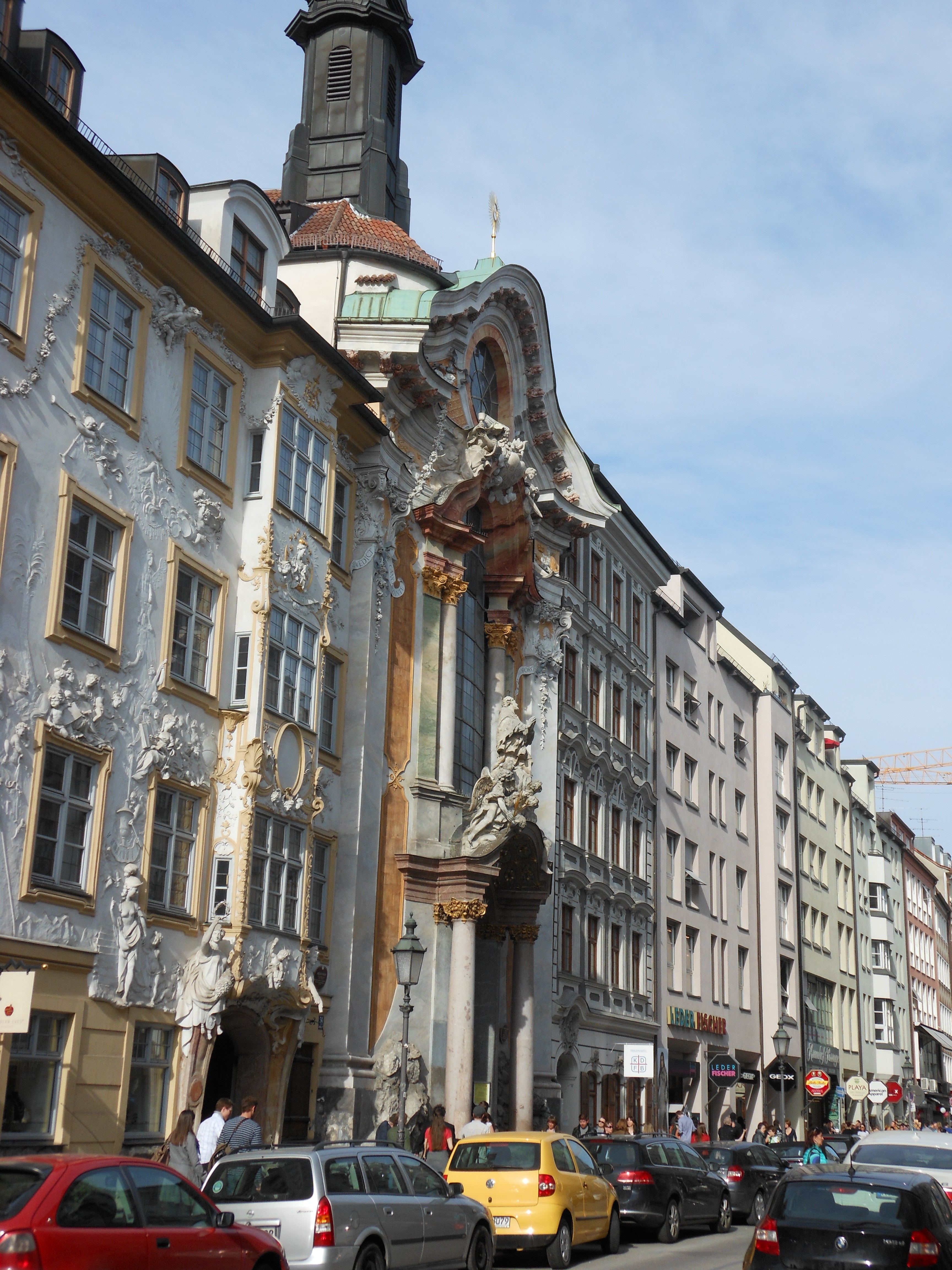
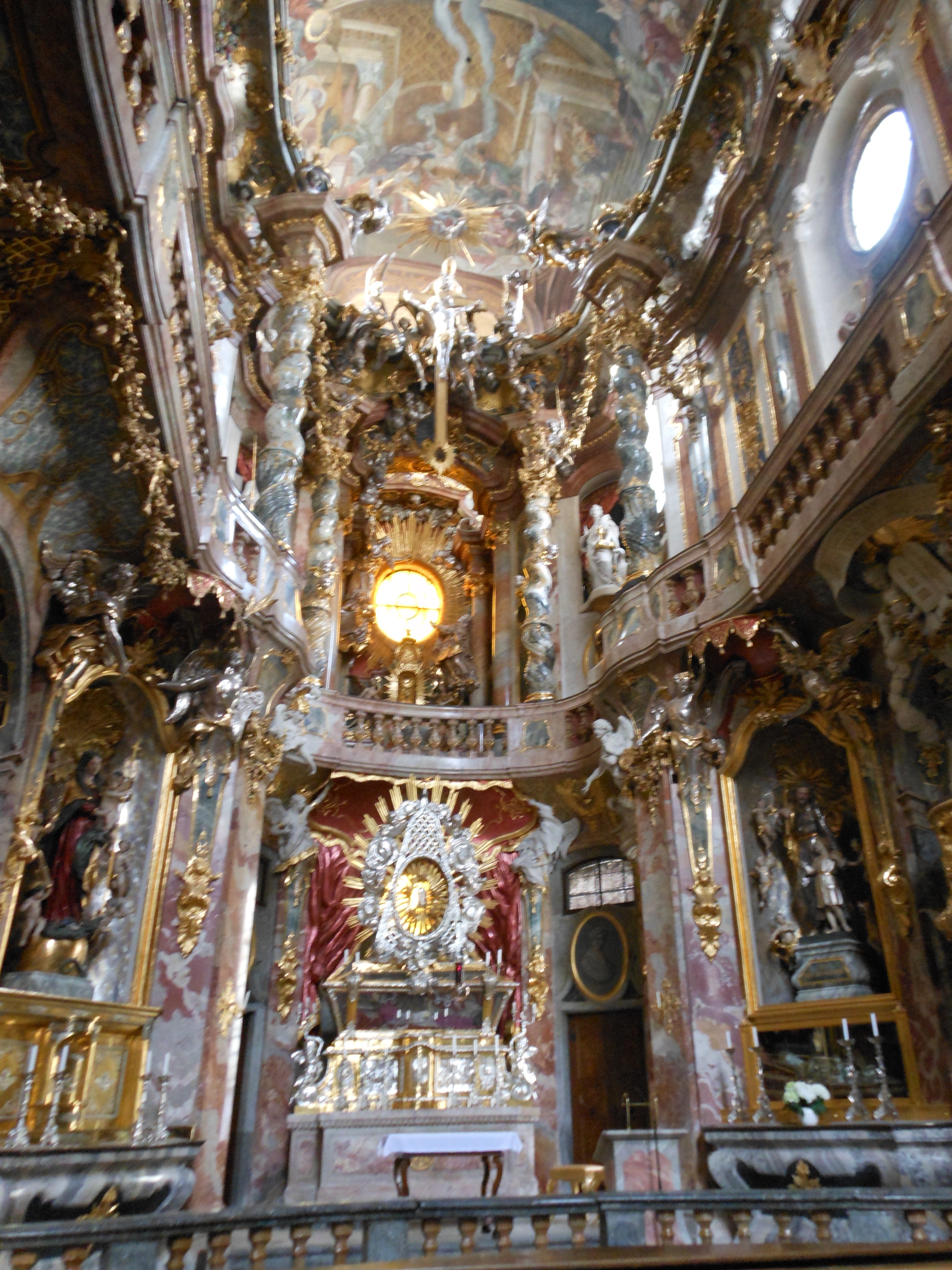
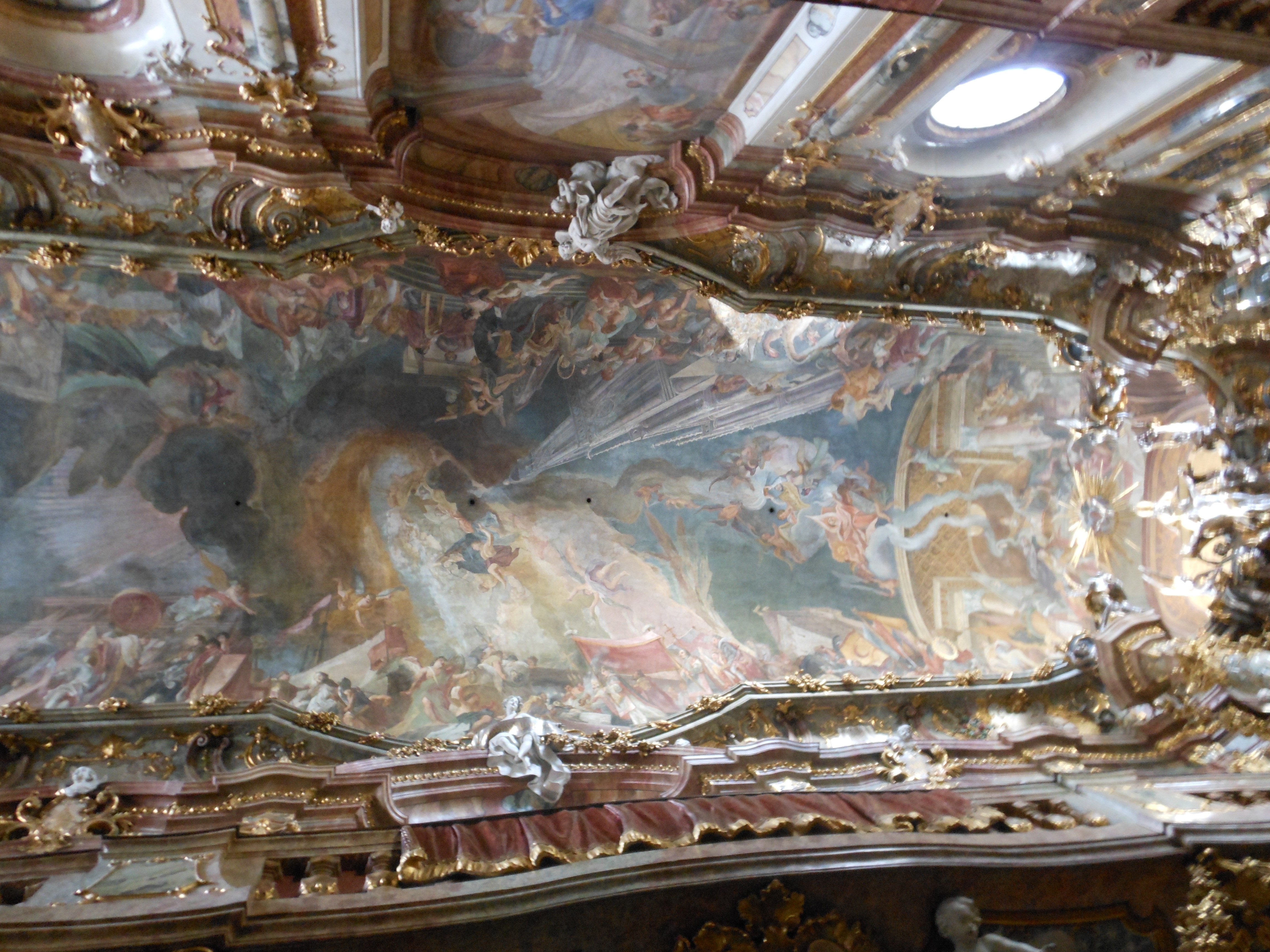
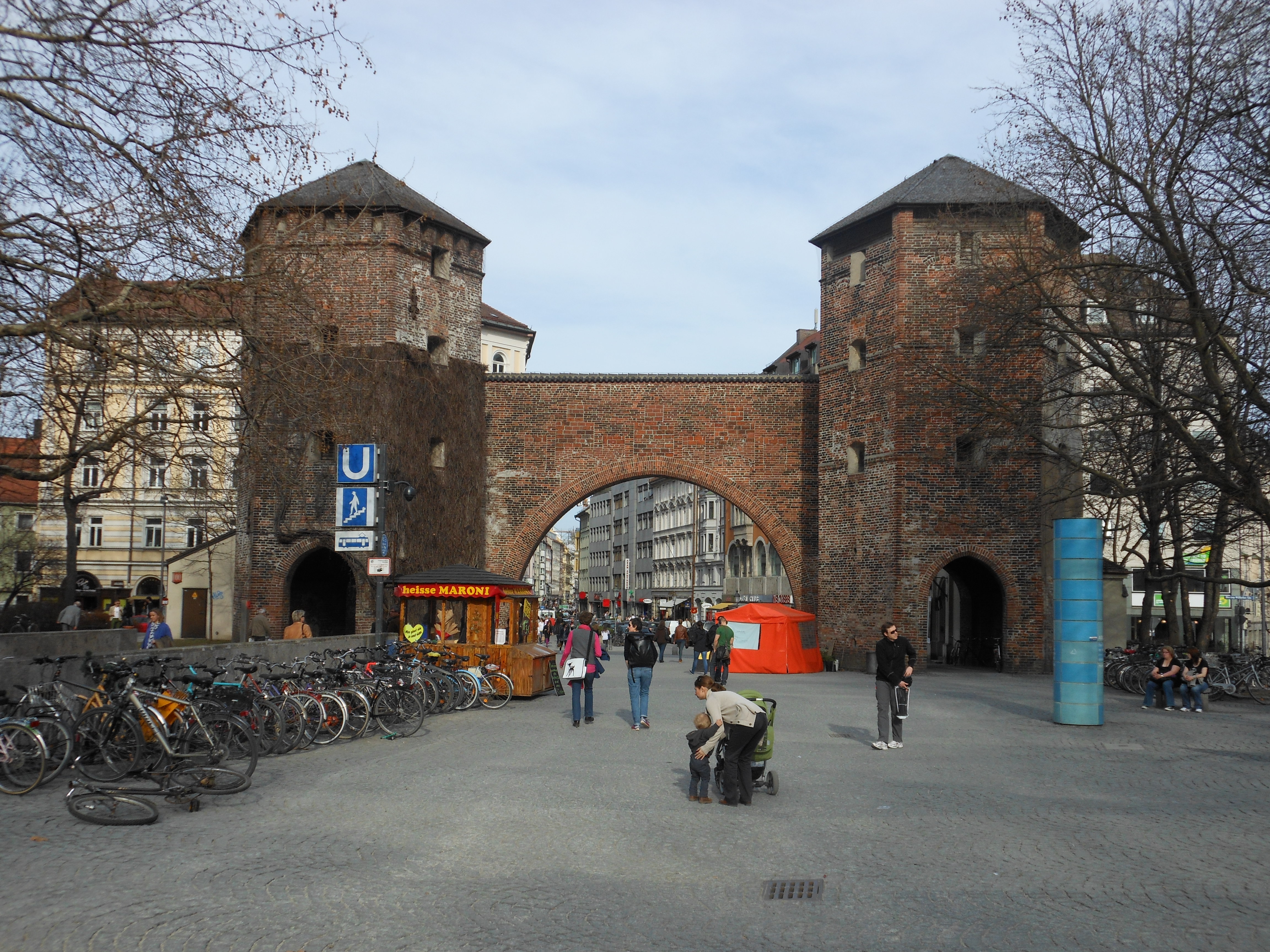
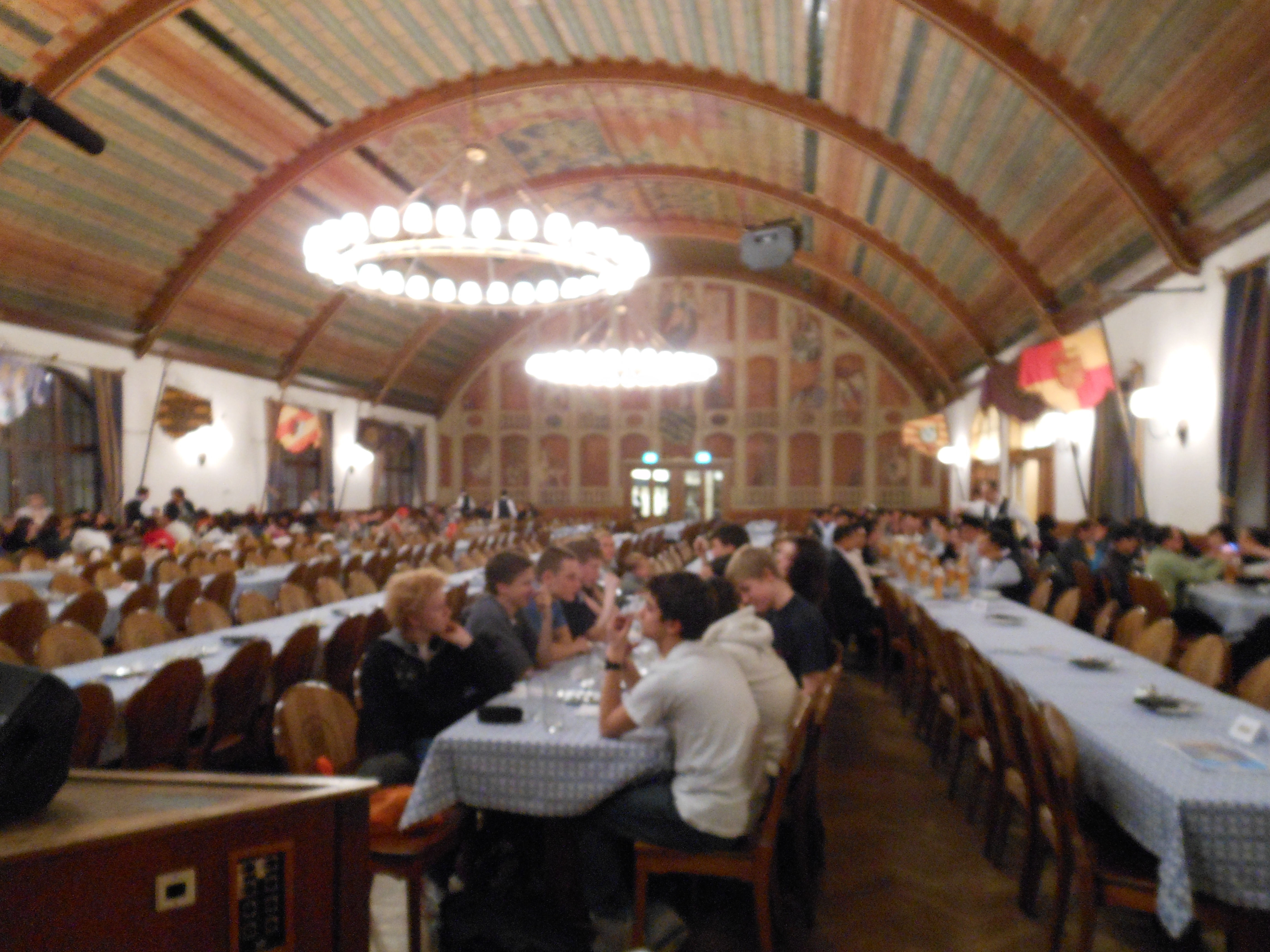
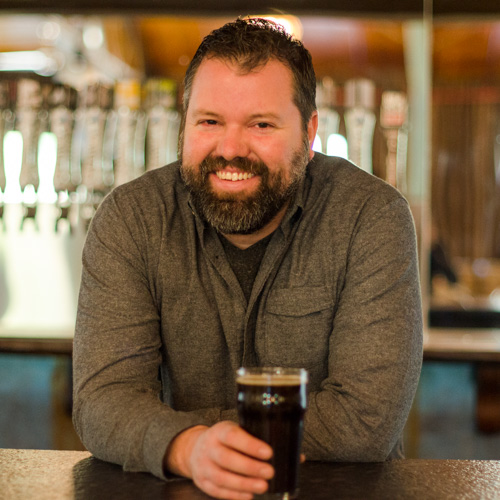




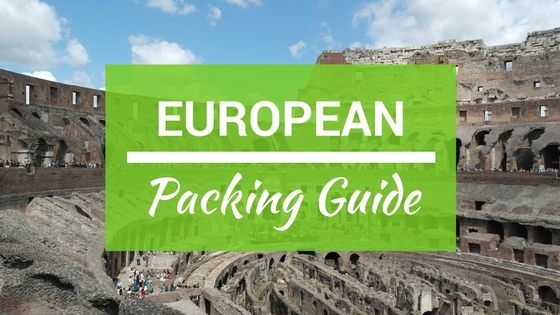




So fun! Beers and all!!